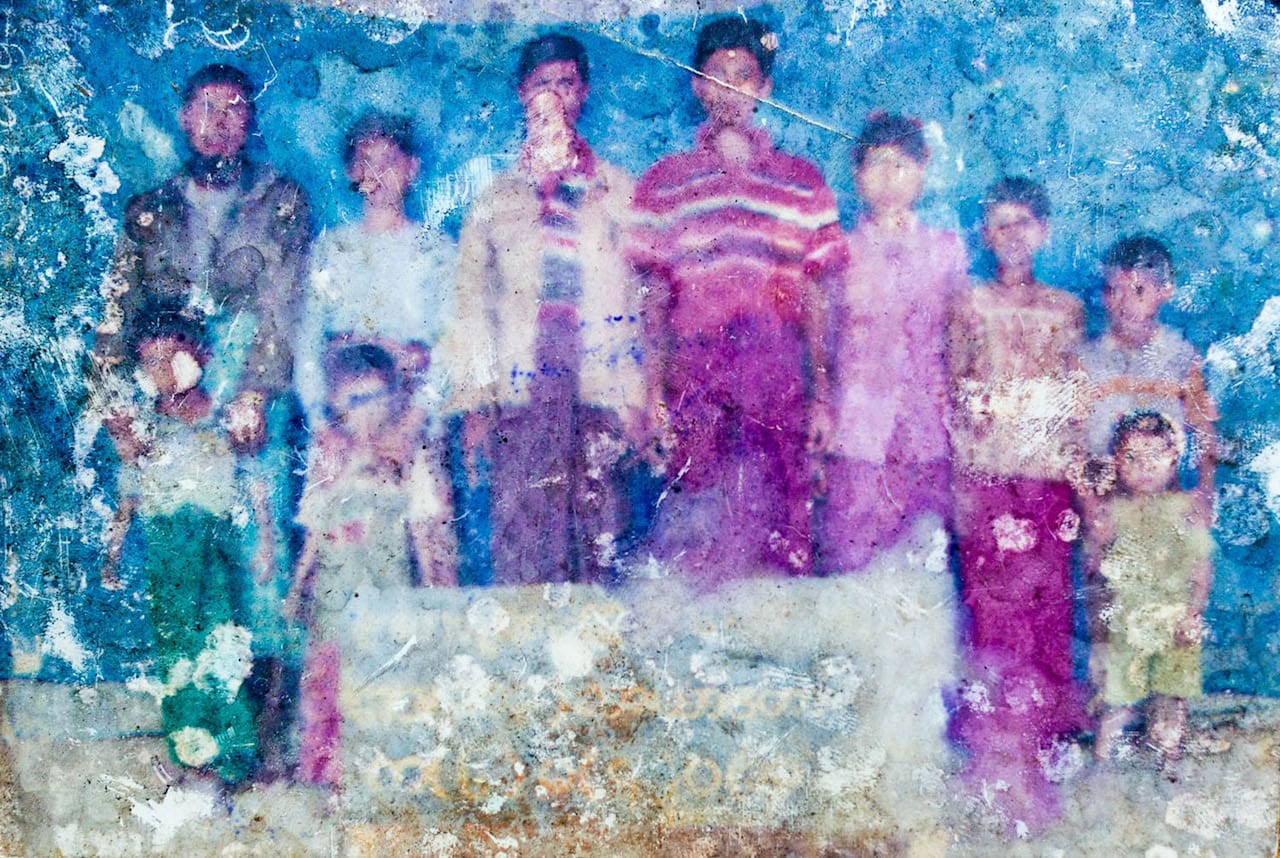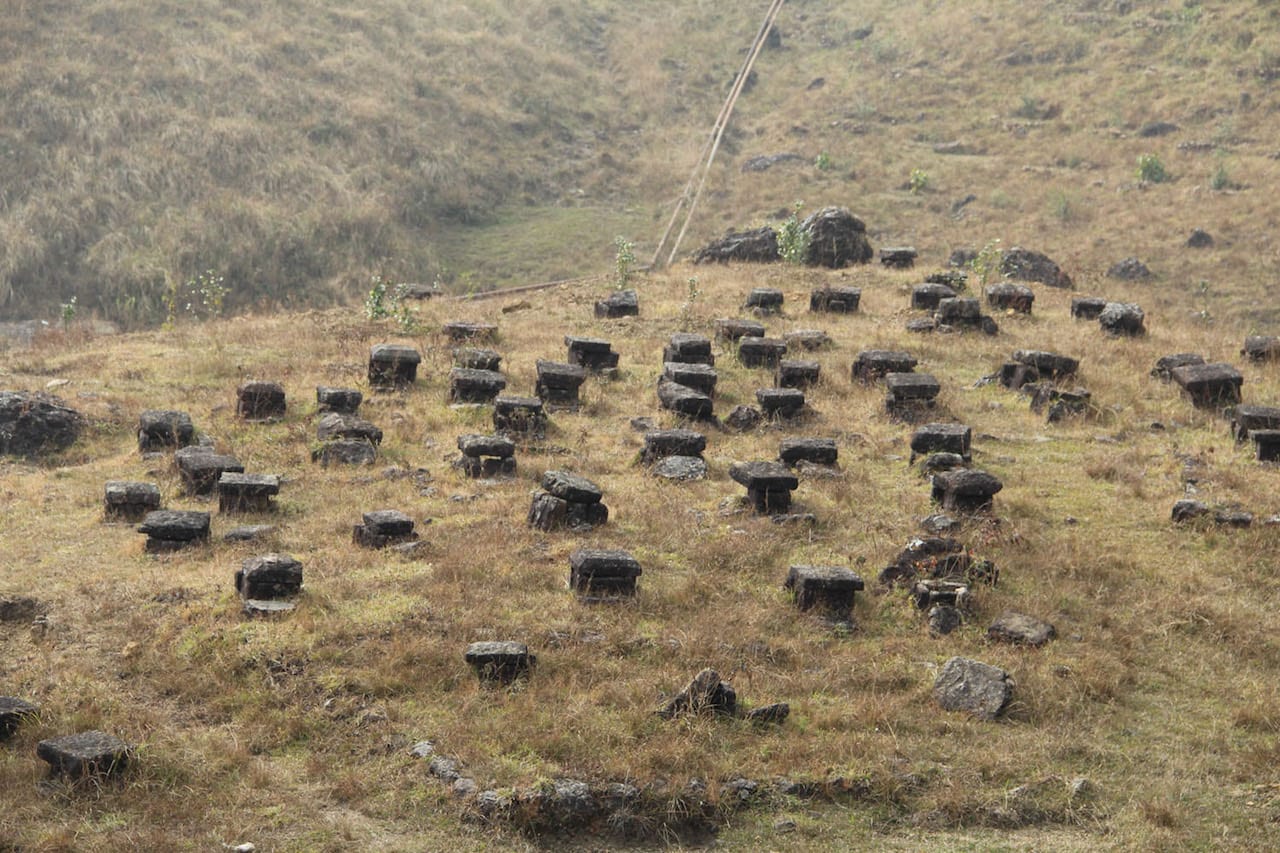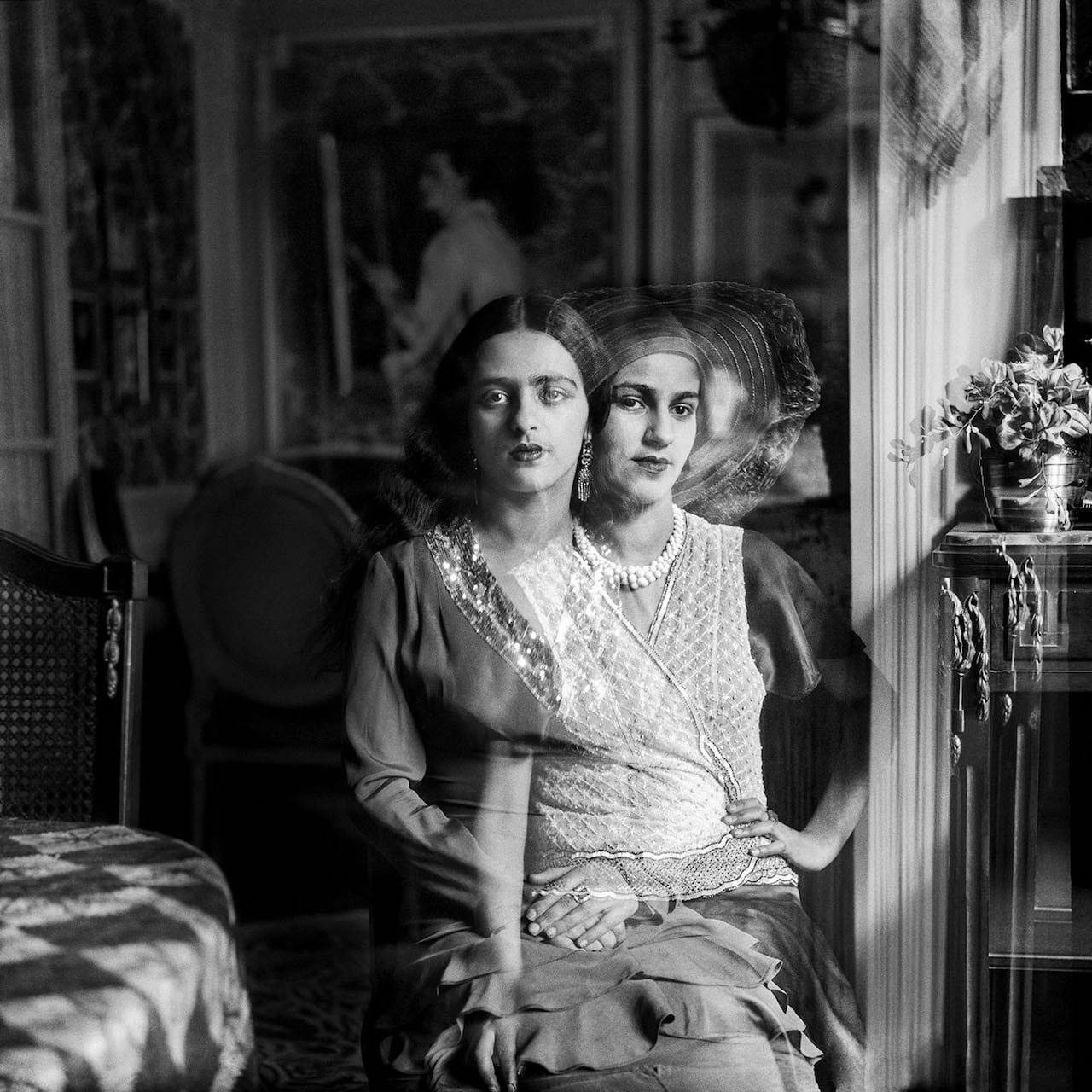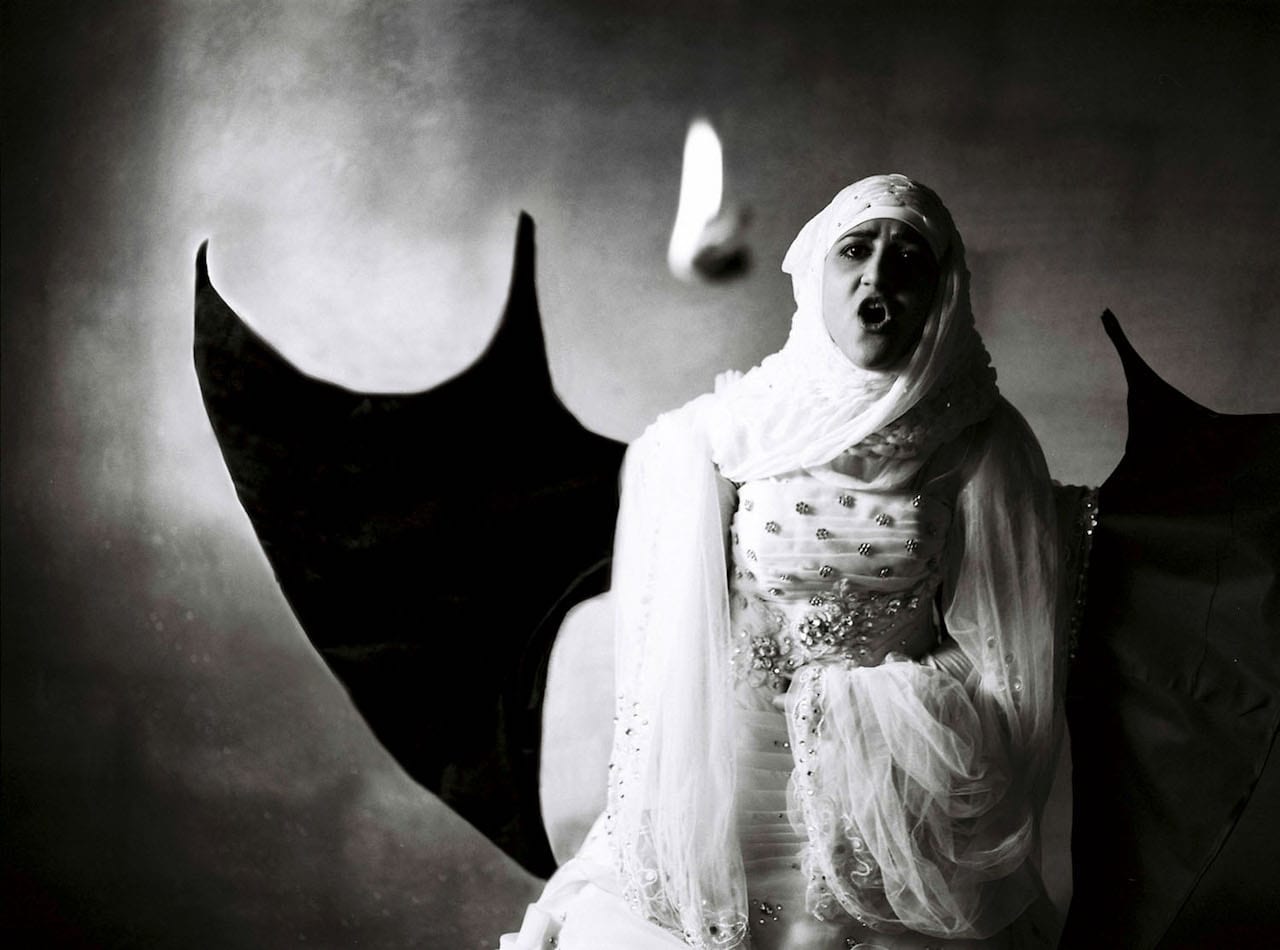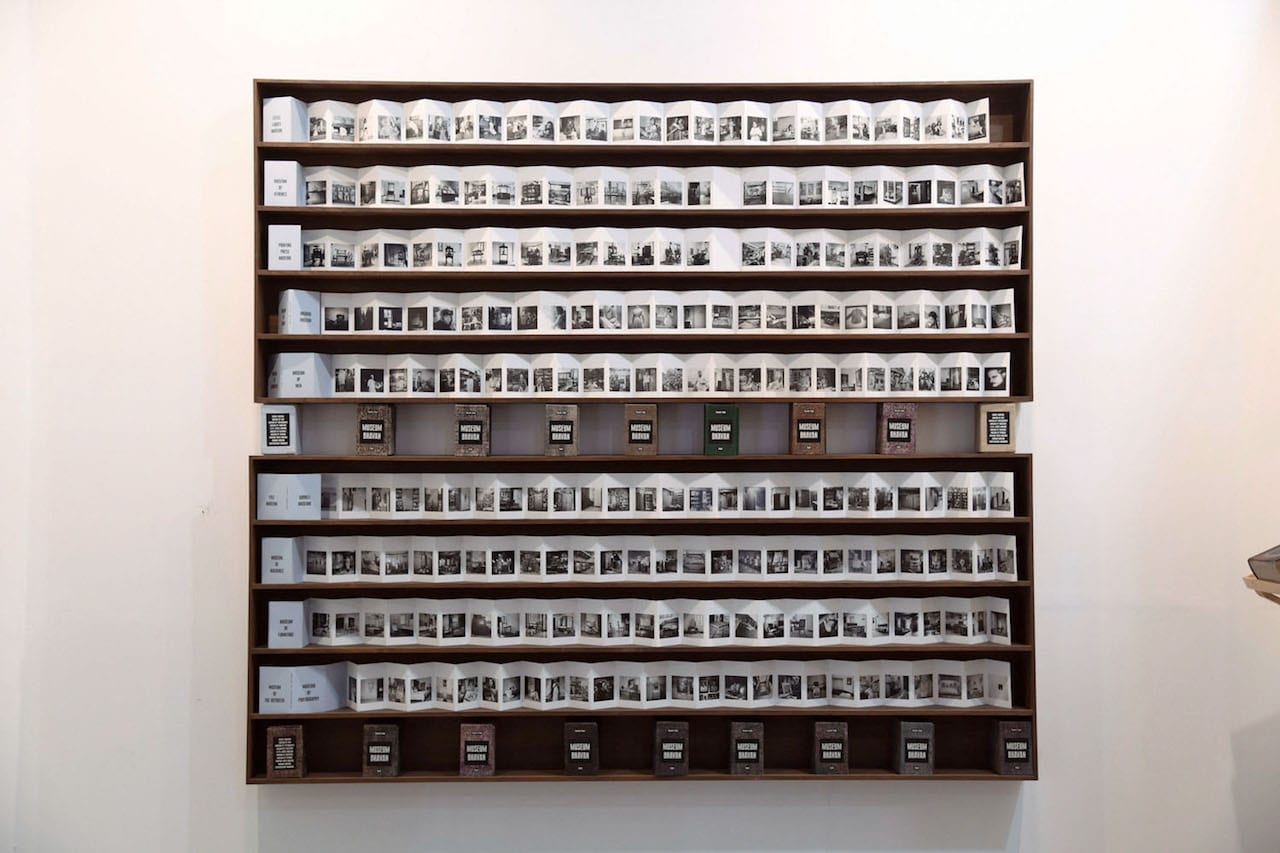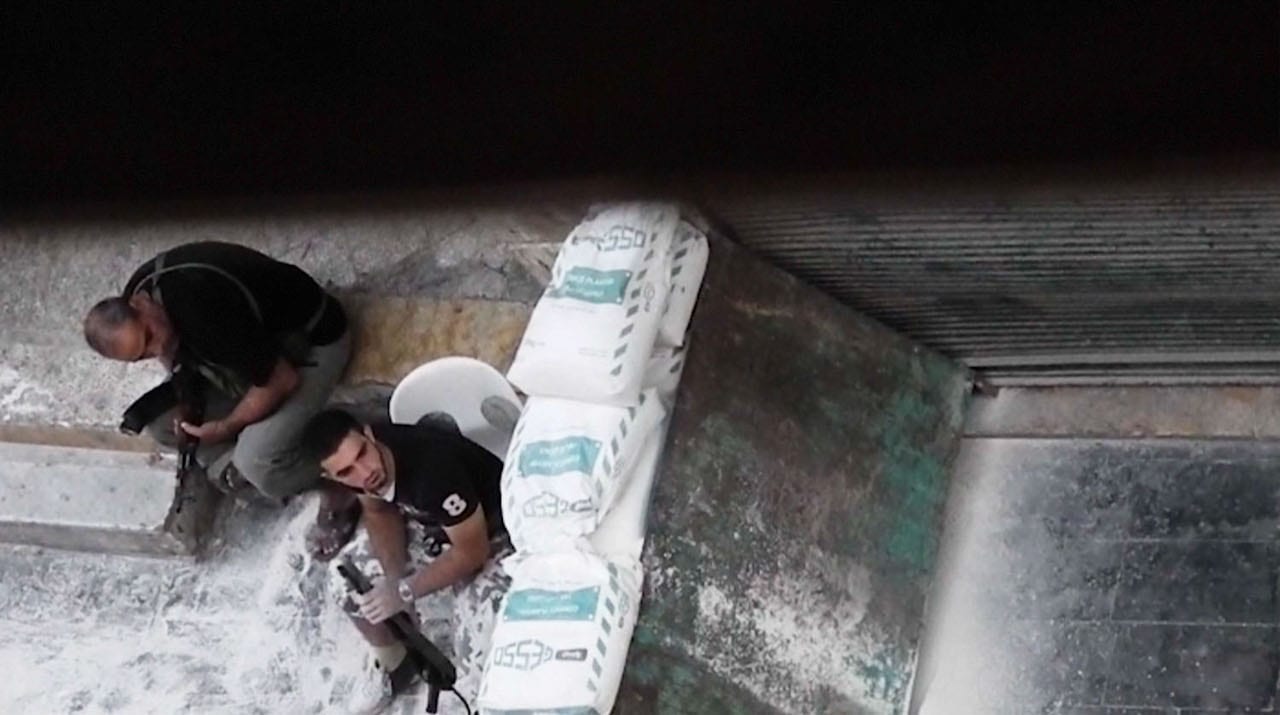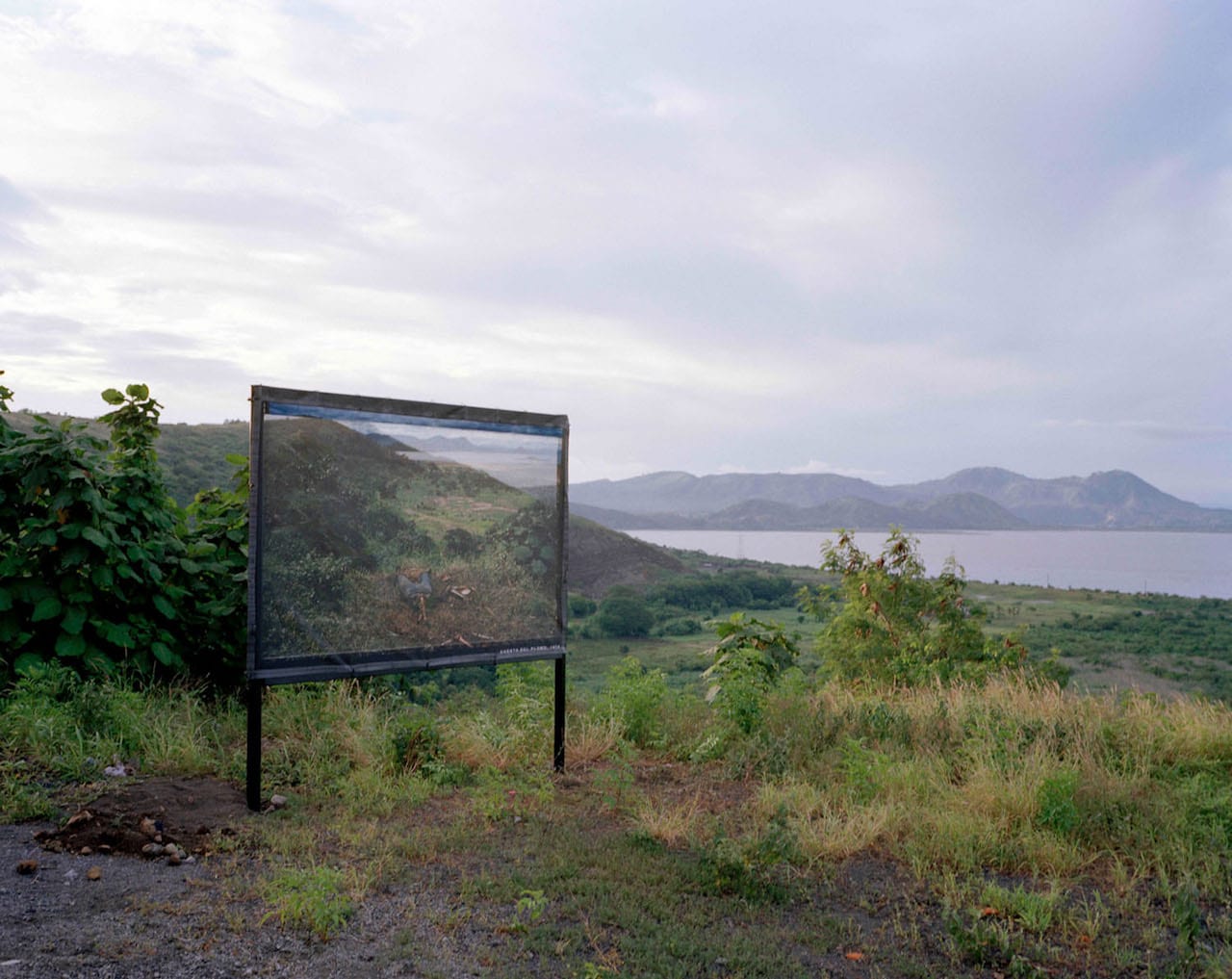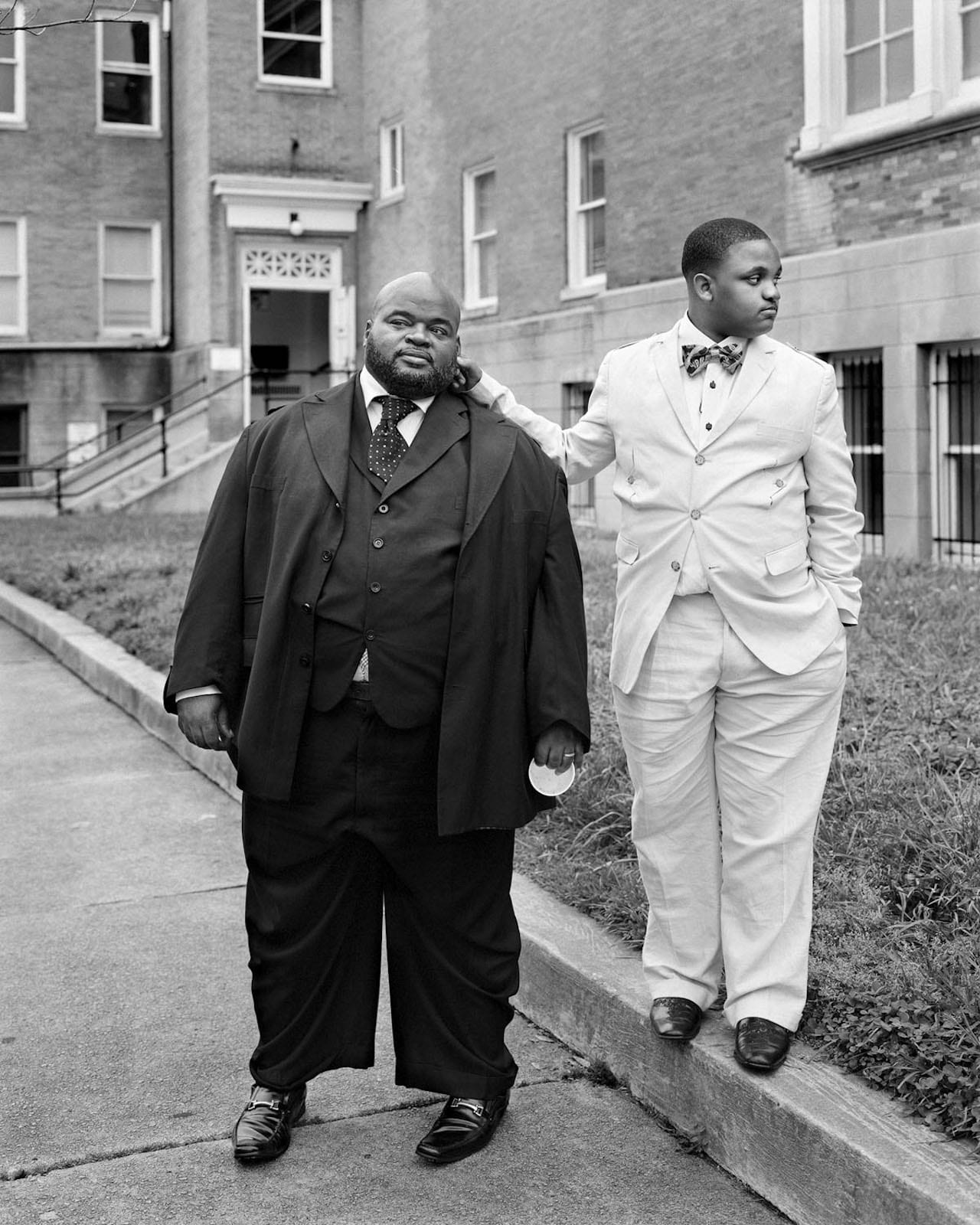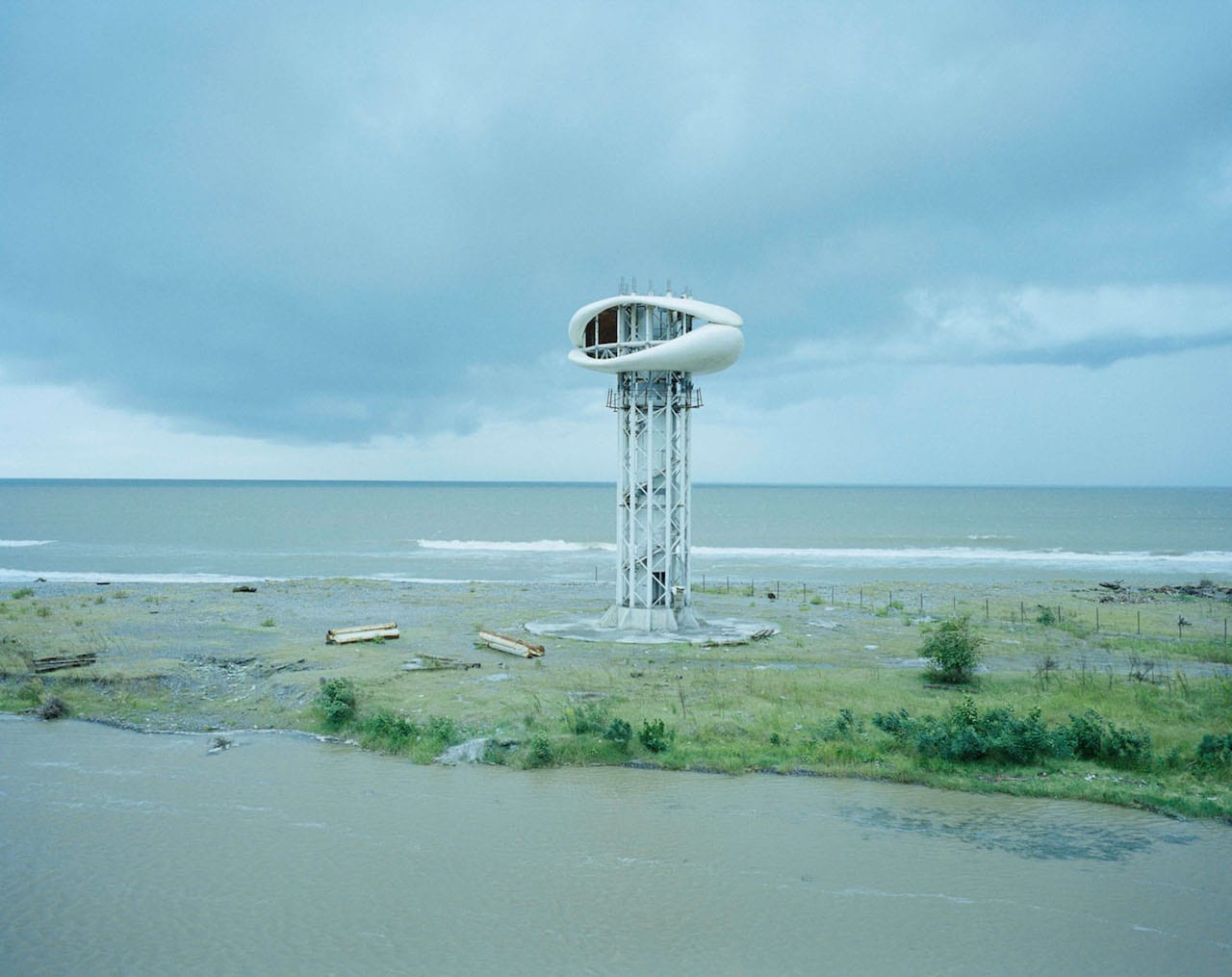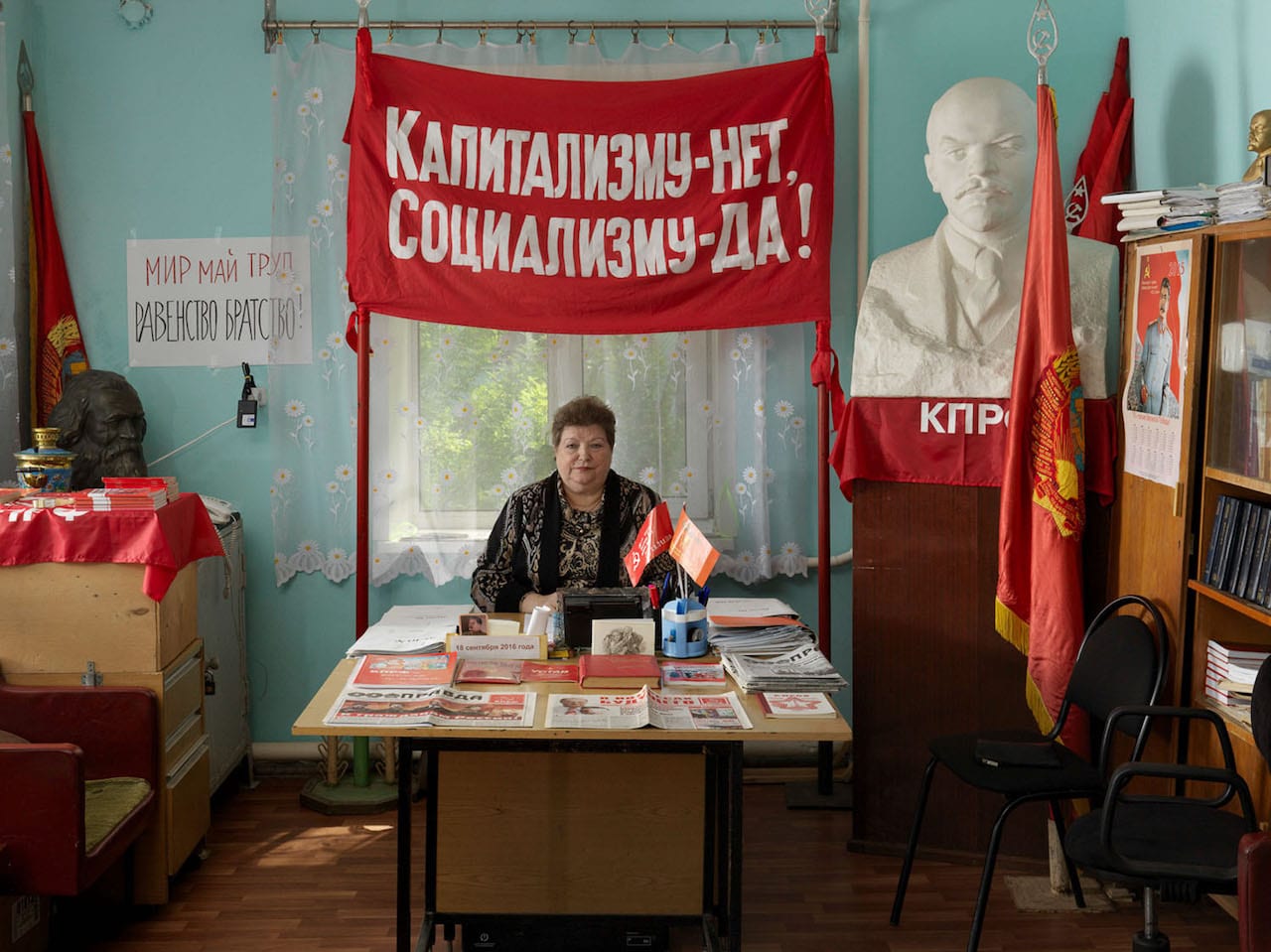“Chobi Mela continues the way it began,” writes Shahidul Alam. “Unyielding to power.” He’s referencing the very first Chobi Mela festival, which opened in Dhaka, Bangladesh back in 2000. Alam and Robert Pledge had painstakingly put together an exhibition on Bangladesh’s 1971 war, which a government minister – phoning at midnight – wanted to censor; rather than comply and remove the offending prints, Alam and Pledge moved the entire exhibition to a new venue, which opened at 3pm the next day.
“That is how we’ve always done it,” writes Alam, the founder of Chobi Mela. “Against the odds, facing the storm, with the wind against our face.”
Though he doesn’t mention it outright, it’s difficult to read his comments now without also thinking of Alam’s own recent experience, in which he spent 107 days in Dhaka Central Jail last year. The 63-year old photographer and Drik Gallery director had been arrested on 05 August after stating in an interview with Al Jazeera that the wave of student protests in Bangladesh last year was a reaction to government corruption. He was charged with violating Section 57 of Bangladesh’s Information and Communication Technology Act (ICT), which has been used in more than 20 recent cases involving journalists, most of them related to news-reporting.
“It is a fantastic feeling to be free in a free country, breathing free air,” he told AFP when he was finally released on 20 November. “But I hope for freedom for everyone else.”
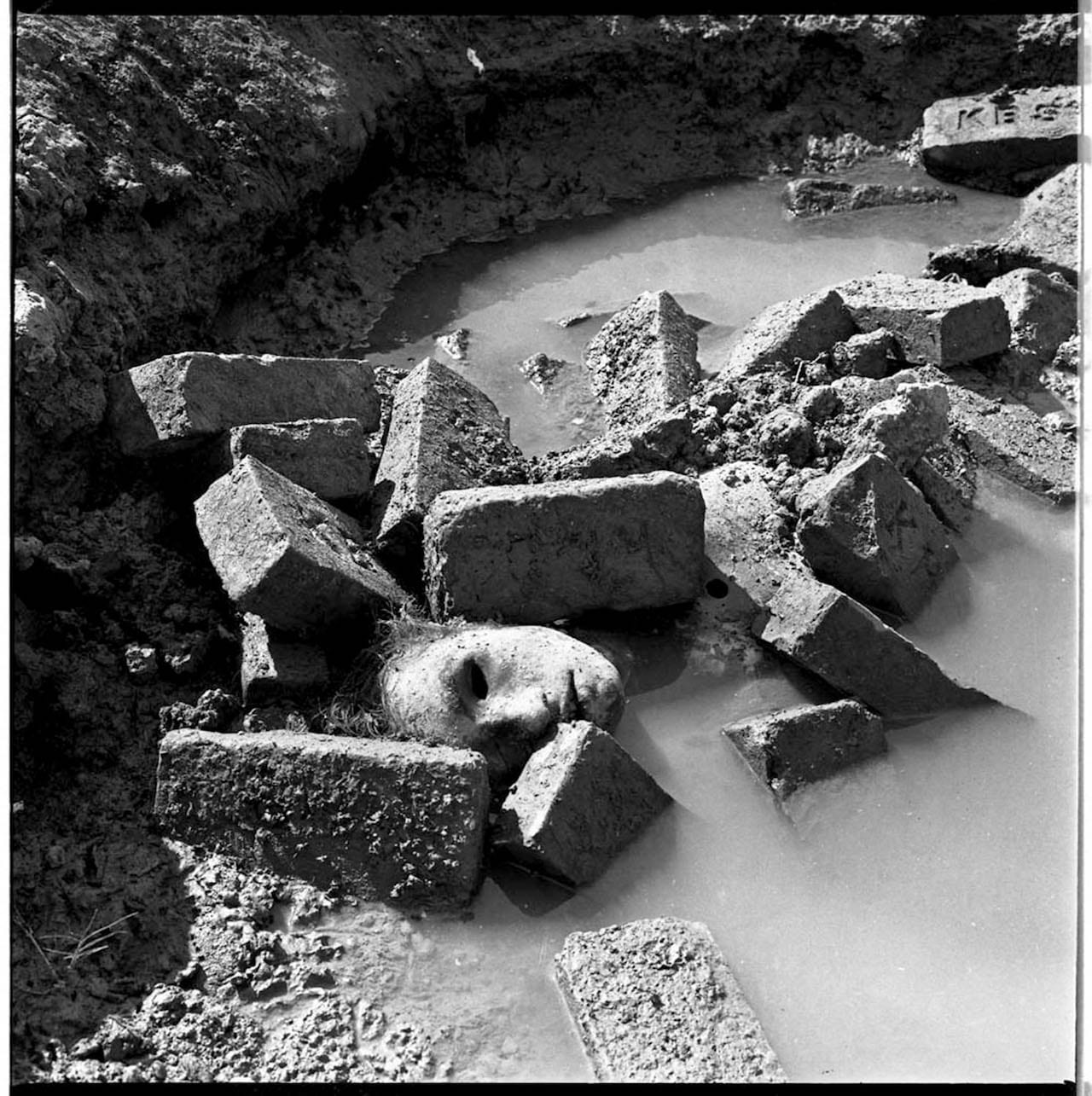
Given this hiatus this year’s Chobi Mela looked under threat but it’s now back for its tenth edition, curated by ASM Rezaur Rahman, Munem Wasif, Sarker Protick, and Tanzim Wahab plus guest curators, and featuring 33 exhibitions by artists from 21 countries. The shows include a retrospective of work by well-respected Bangladeshi photojournalist Rashid Talukder, which “portrays a priceless visual documentation of Bangladeshi people’s history of independence – starting from the early 1950s language movement to 1971’s liberation war”; it also includes Archives of Persistence, a group show of images from places of conflict and transition, which includes work by the Kashmir Photo Collective, Bangladesh Garment Sromik Samhati, and the Burj al-Shamali Collection, plus a solo show by Magnum photographer Susan Meiselas based on the Nicaraguan revolution of the late 1970s.
Chobi Mela is known for creating innovative exhibitions, including shows outside conventional gallery spaces. This year, 13 Bangladeshi artists have been part-commissioned to produce site-specific work under the theme of ‘place’, and, as in previous years, mobile exhibitions on rickshaw vans will travel all over Dhaka – including to remote locations, in which the local population has low levels of textual literacy. The festival’s programme of workshops and talks, meanwhile, includes presentations by author Arundhati Roy, Indian photojournalist Raghu Rai, and German publisher and bookmaker Gerhard Steidl.
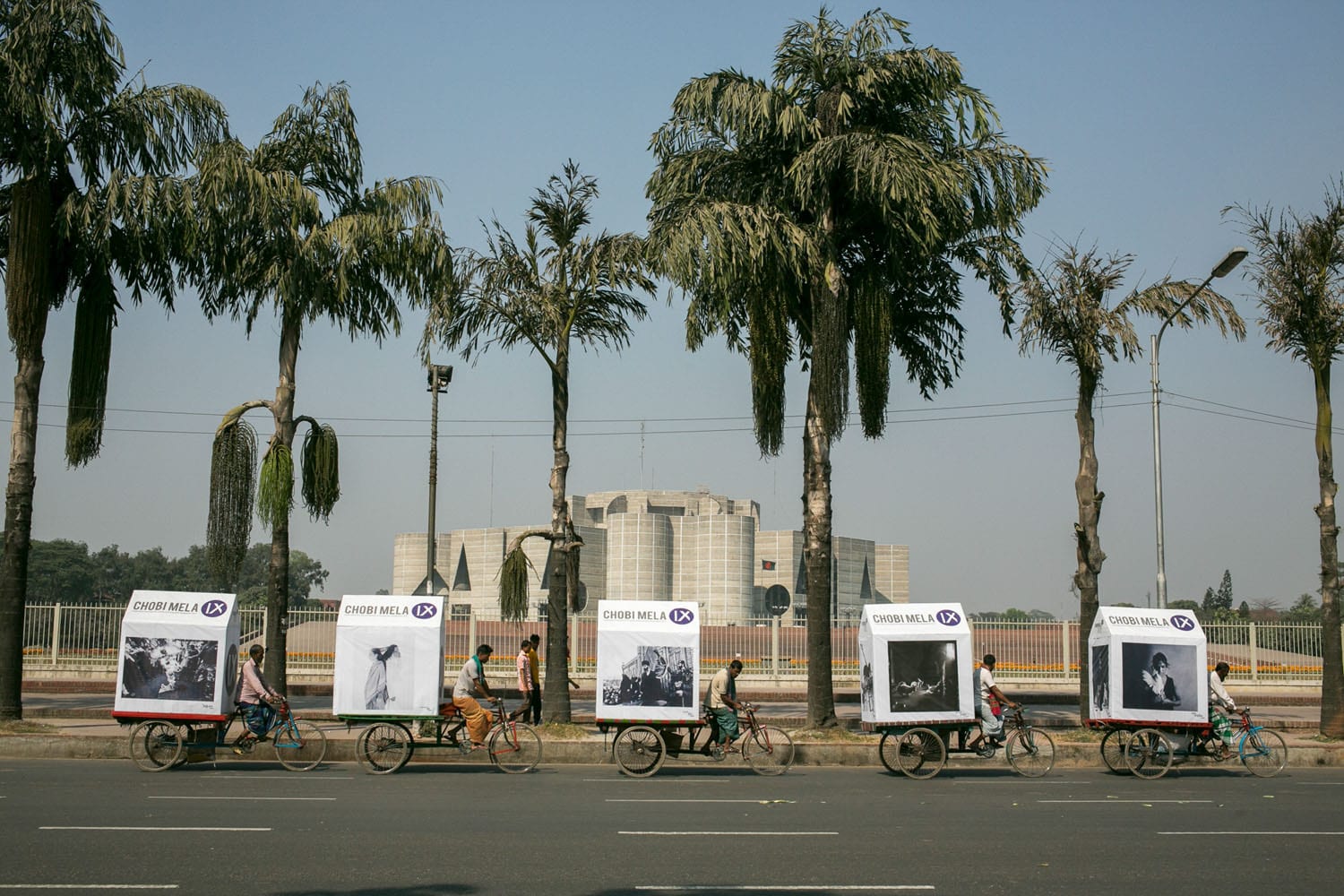
“When times have been turbulent, our audacity got the better of us,” writes Alam. “Refusing to accept the impossibility of our ambitions or the paucity of our resources, we stuck our necks out, often inciting the wrath of the powerful. That insistence on the freedom to think and disagree, to unsettle with images, has characterised Chobi Mela.
“We shall swim upstream, sail against the wind, buck the trend. We shall remain unbowed. Our art will not be bound by pristine walls but spill out in stormy nights and onto busy streets. Above all, we are here to stay.”
Organised by Drik Picture Library and Pathshala South Asian Media Institute, the 10th edition of Chobi Mela is open from 28 February – 09 March in Dhaka, Bangladesh www.chobimela.org
